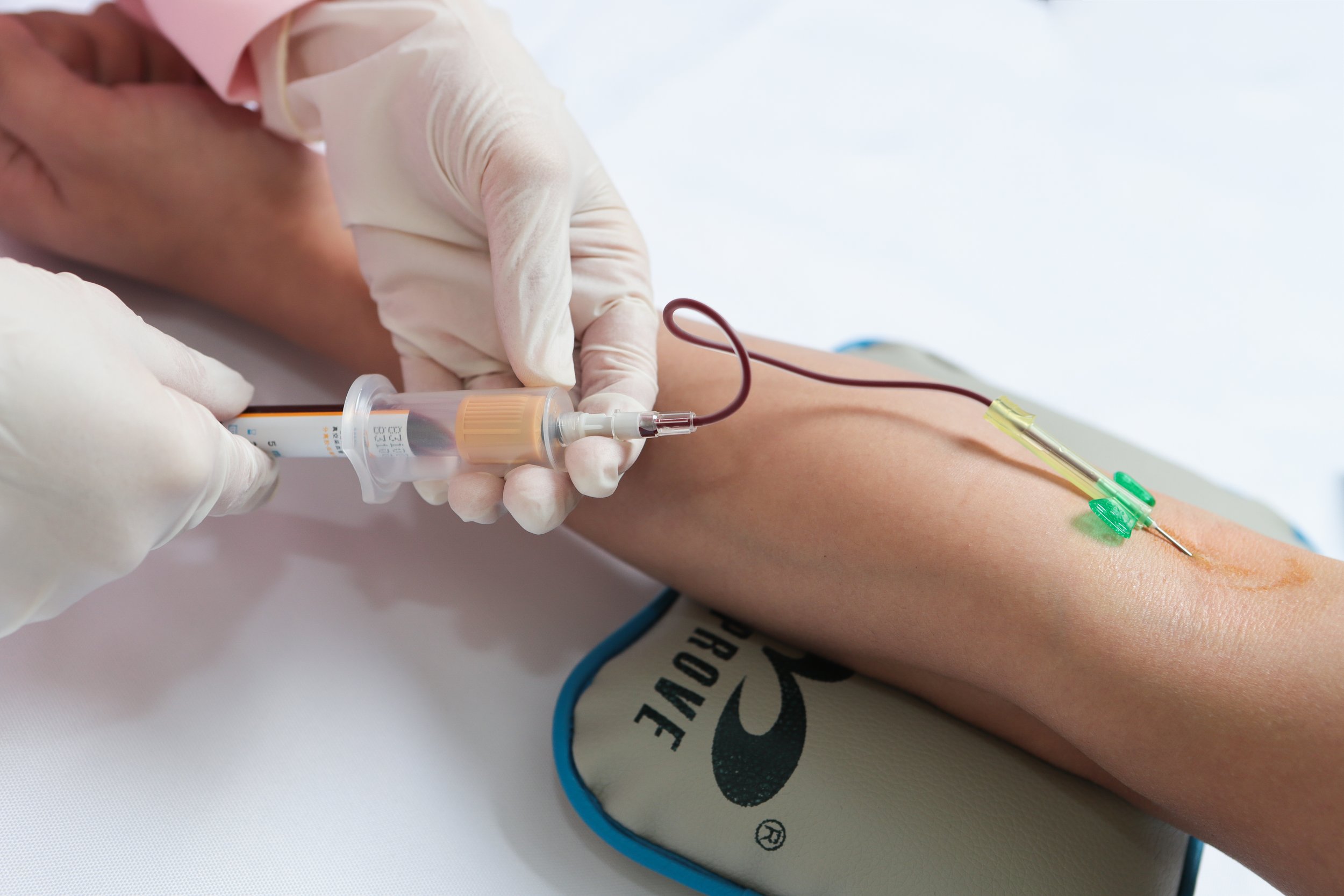Best Practices for Collecting Blood Samples from Patients with Difficult IV Access in Medical Labs
Summary
- Phlebotomists play a crucial role in collecting blood samples from patients in medical labs.
- Patients with difficult IV access pose a challenge to phlebotomists, requiring special techniques and skills to safely and effectively collect blood samples.
- By following best practices and guidelines, phlebotomists can ensure successful blood sample collection from patients with difficult IV access.
Introduction
Phlebotomists are essential members of the healthcare team, responsible for collecting blood samples from patients for various laboratory tests and procedures. While this task may seem routine, phlebotomists often encounter patients with difficult IV access, making the blood collection process more challenging. In this article, we will discuss how phlebotomists can safely and effectively collect blood samples from patients with difficult IV access in a medical lab setting in the United States.
Understanding Difficult IV Access
Patients with difficult IV access have underlying medical conditions or anatomical factors that make it challenging to insert an intravenous catheter or obtain blood samples. Some common reasons for difficult IV access include:
- Scar tissue from previous IV placements
- Dehydrated or elderly patients with fragile veins
- Obese patients with deep veins
- Patients with medical conditions that cause vein collapse or sclerosis
Challenges Faced by Phlebotomists
Phlebotomists face several challenges when attempting to collect blood samples from patients with difficult IV access, including:
- Difficulty locating suitable veins for Venipuncture
- Potential for multiple failed Venipuncture attempts, leading to patient discomfort and anxiety
- Risk of complications such as hematoma formation or nerve damage
Best Practices for Collecting Blood Samples
Assessment and Preparation
Before attempting to collect blood samples from patients with difficult IV access, phlebotomists should:
- Thoroughly assess the patient's medical history and any previous difficulties with Venipuncture
- Inform the patient about the procedure and discuss any concerns or fears they may have
- Select the most appropriate equipment, such as a butterfly needle or pediatric needle, for Venipuncture
Vein Selection and Technique
When selecting a vein for Venipuncture, phlebotomists should keep the following in mind:
- Choose veins that are visible, palpable, and less likely to collapse during the procedure
- Avoid veins that are fragile, bruised, or infiltrated
- Use gentle and steady pressure during Venipuncture to reduce the risk of hematoma formation
Communication and Comfort
Effective communication with the patient is key to a successful blood collection process. Phlebotomists should:
- Explain each step of the procedure to the patient, including why a specific vein is being chosen for Venipuncture
- Offer reassurance and support throughout the procedure to alleviate anxiety and discomfort
- Ensure the patient's privacy and dignity are maintained during the blood collection process
- Remain calm and composed to reassure the patient and maintain their trust
- Seek assistance from a more experienced phlebotomist or healthcare provider if multiple attempts are unsuccessful
- Document any difficulties or complications encountered during the Venipuncture process for future reference
Handling Challenges and Complications
Despite following best practices, phlebotomists may still encounter challenges and complications when collecting blood samples from patients with difficult IV access. In such cases, phlebotomists should:
Conclusion
Phlebotomists play a crucial role in collecting blood samples from patients in medical labs, including those with difficult IV access. By following best practices and guidelines, phlebotomists can safely and effectively collect blood samples from patients with difficult IV access, ensuring accurate laboratory Test Results and Patient Satisfaction.

Disclaimer: The content provided on this blog is for informational purposes only, reflecting the personal opinions and insights of the author(s) on the topics. The information provided should not be used for diagnosing or treating a health problem or disease, and those seeking personal medical advice should consult with a licensed physician. Always seek the advice of your doctor or other qualified health provider regarding a medical condition. Never disregard professional medical advice or delay in seeking it because of something you have read on this website. If you think you may have a medical emergency, call 911 or go to the nearest emergency room immediately. No physician-patient relationship is created by this web site or its use. No contributors to this web site make any representations, express or implied, with respect to the information provided herein or to its use. While we strive to share accurate and up-to-date information, we cannot guarantee the completeness, reliability, or accuracy of the content. The blog may also include links to external websites and resources for the convenience of our readers. Please note that linking to other sites does not imply endorsement of their content, practices, or services by us. Readers should use their discretion and judgment while exploring any external links and resources mentioned on this blog.
